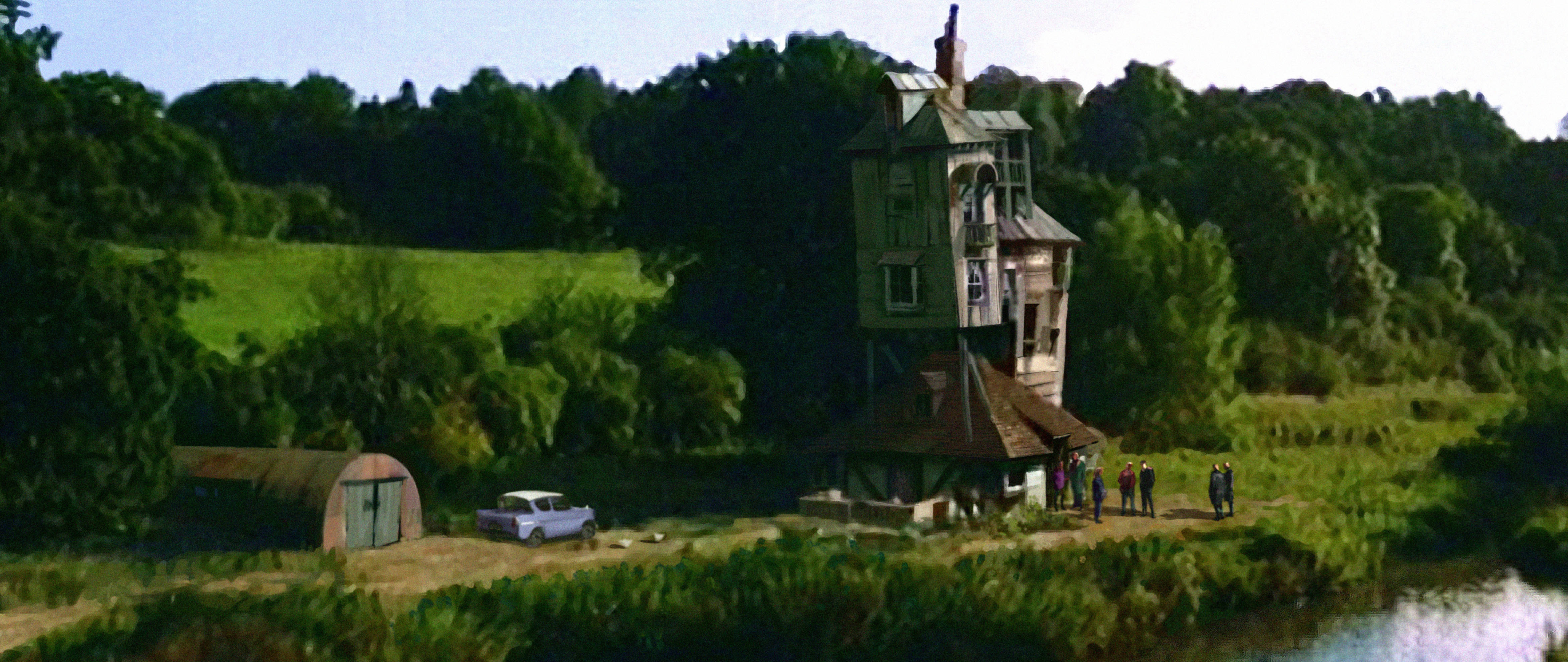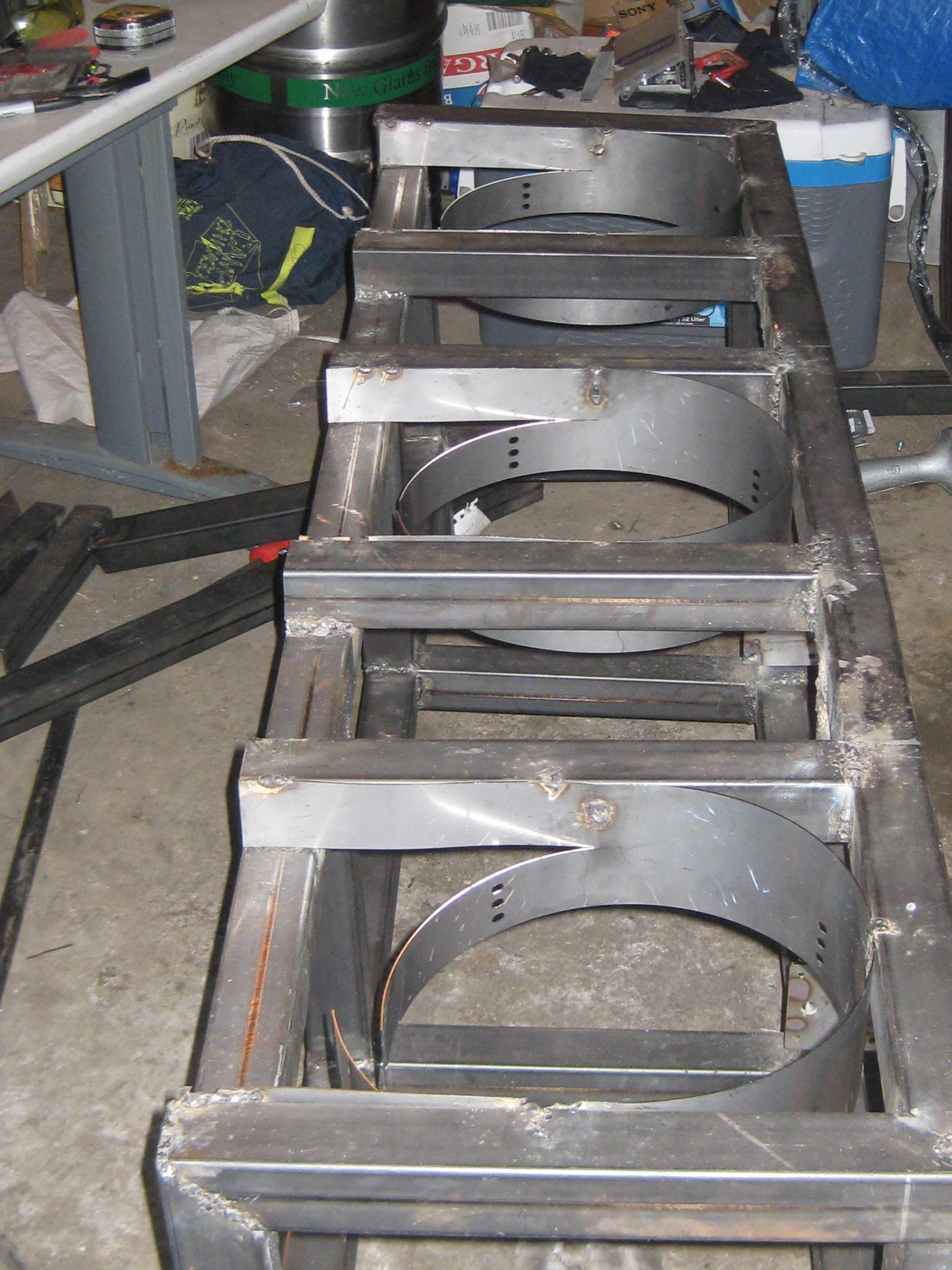Show off some pictures of Ol’ Betty. Beauty is in the eye of the beholder!
Hahahah, well man, afraid you've busted me, buddy. I'm EMBARRASSED to show her to you master craftsman, lol!!
OK, I'll try to snap a shot and show...er, her...to y'all. I suspect by all my protests so far, you guys probably know how much I want to be done with this phase, and be starting with that other phase, and I count brewing and drinking as one phase, btw...!
I'll try to get a couple shots that show this but it seems there's kind of a line of warping on a diagonal, for some reason - if you rock it, you can rock the left front leg or rear right leg up. If I shim the rear right up, the rig itself is level, but then that side member is ridiculously lifted. And I re-measured to make sure I didn't do something truly stupid (the build itself has just been, "significantly stupid") and mis-measure the leg. All verticals result in 2' length, so it's not mis-measured/mis-cut.
I just thing it's badly warped because I'd forgotten what happens along a long beam when welding, if you don't do it right. Can you cold-clamp with a pipe clamp, something like that, to true something like this? Or do you have to heat it? Or, after seeing this - like you said, Stealth, no pretense to doing this even halfway right! - just go and brew?
I'm writing too much and posting too few pics, sorry. I'll get a couple up in an hour or two and hope they show what I mean. Much appreciated guys. Still brutally cold here so I hope everyone is well and warm.


































![Craft A Brew - Safale BE-256 Yeast - Fermentis - Belgian Ale Dry Yeast - For Belgian & Strong Ales - Ingredients for Home Brewing - Beer Making Supplies - [3 Pack]](https://m.media-amazon.com/images/I/51bcKEwQmWL._SL500_.jpg)













